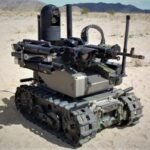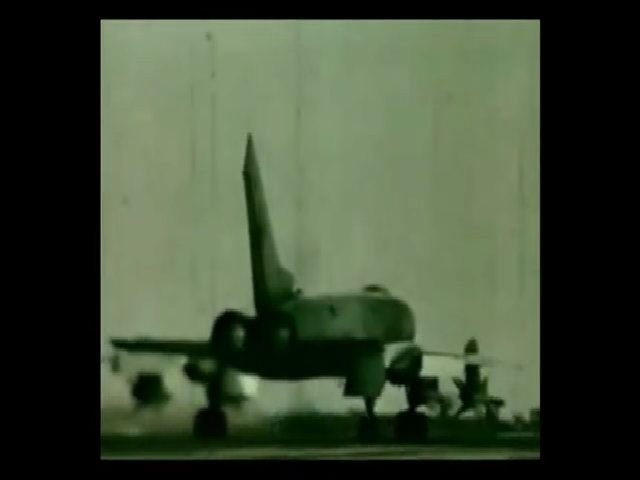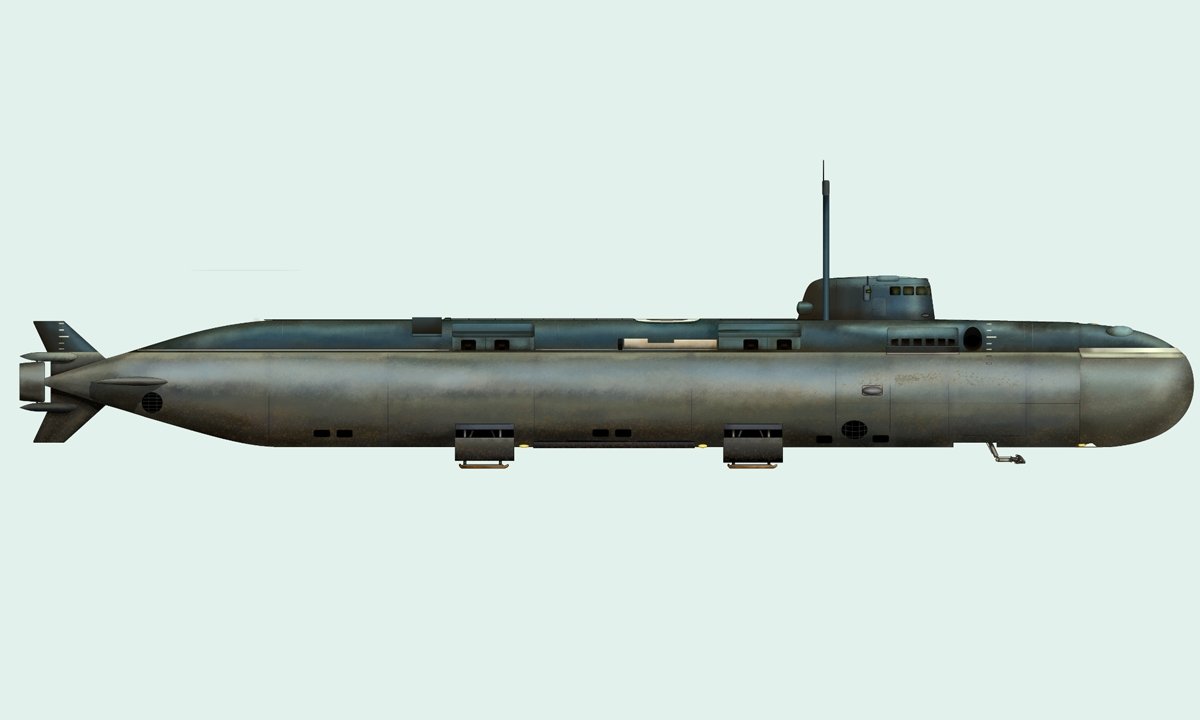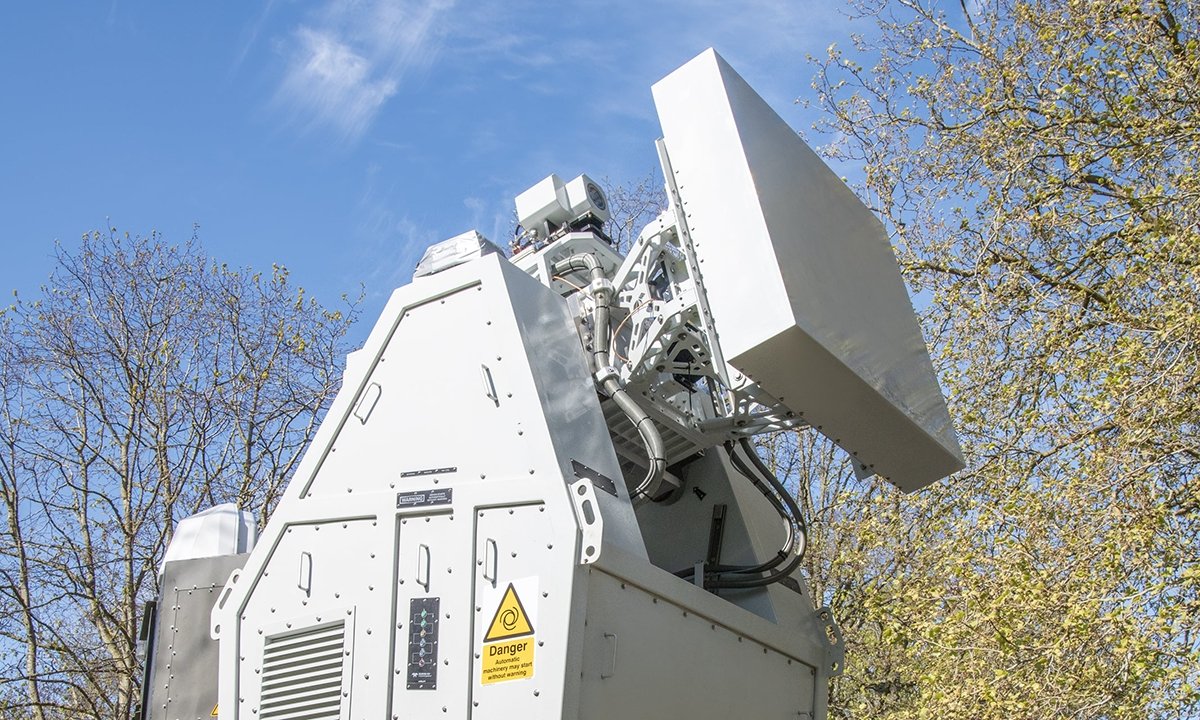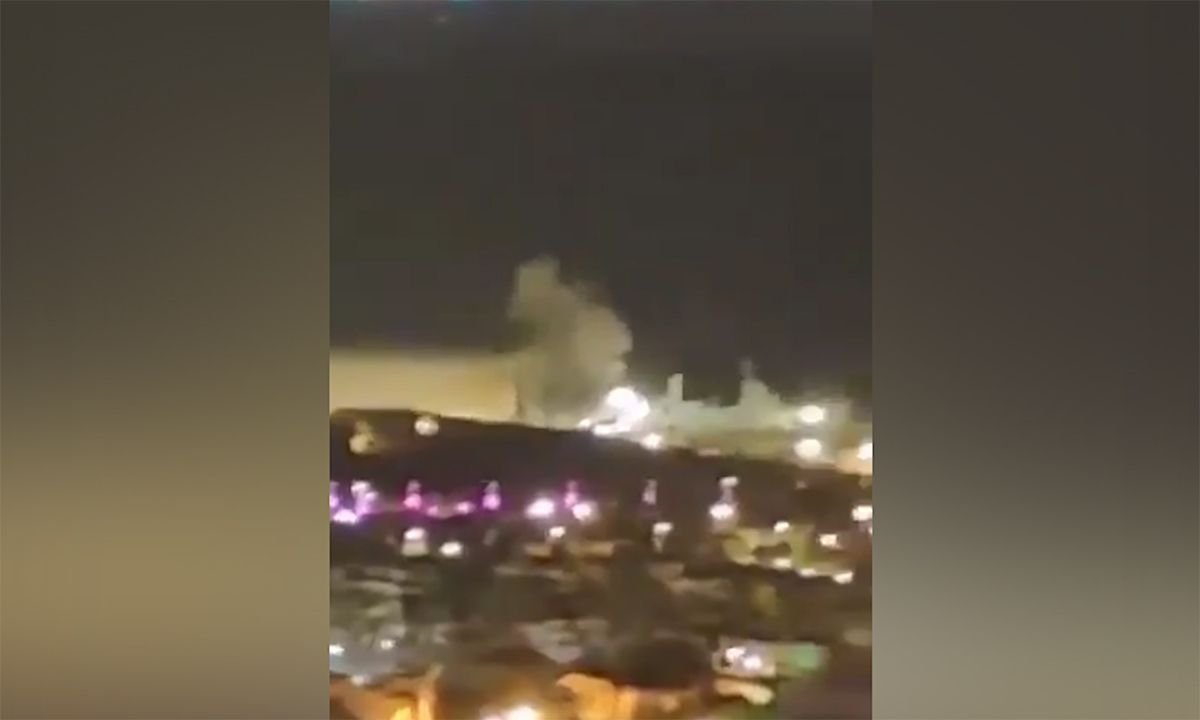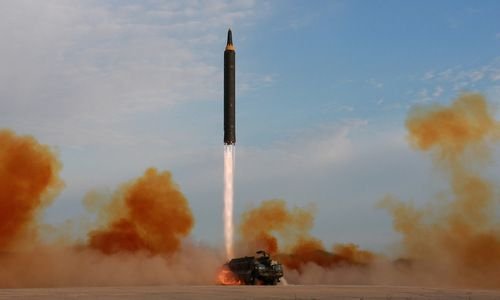Tu-128 – Soviet fighter larger than a bomber
Tu-128 fighter operation process
Tupolev Tu-128 (NATO designation: Fiddler) is the largest and heaviest long-range interceptor fighter ever put into service in the world, surpassing even large bombers like the US B-17 in size.
In the 1950s, the Soviet Union wanted to develop defense capabilities against the threat of American nuclear-armed aircraft.
Therefore, in 1955, the Soviet Air Defense Force (PVO) decided to develop a fighter capable of covering large areas from the country’s few air bases.
Tu-128 fighter is 27 m long, 18 m wide, 7 m high, empty weight 25 tons, maximum take-off weight 40 tons.
Like previous Soviet designs, the Tu-128 has vertical main wing fairings to regulate airflow during high-speed cruises.
The Tu-128 uses two Lyulka AL-21F jet engines, reaching a maximum speed of 1,850 km/h, a maximum range of 5,000 km, and a flight ceiling of 20 km.

A Tu-128 in PVO service.
The aircraft is equipped with four Molniya R-4 air-to-air missiles (NATO designation: AA-5 Ash) mounted under pylons on both wings.
The first flight of the Tu-128 took place on March 18, 1961, after which this fighter line was mass produced and put into service in 1964. Tu-128 production continued until 1970 with a total of
The Tu-128’s main mission is to intercept slow-flying Western heavy bombers in the event of an all-out war.
The first variant of the Tu-128 is designated by NATO as `Fiddler-A`, while the primary operational model is known as ` Fiddler-B`.

Tu-128 in the Moscow Central Air Force Museum.
In addition, OKB Tupolev also proposed to build other models such as Tu-28A, Tu-28-80, Tu-28-100, Tu-138 and Tu-148 but all were canceled.
The Tu-128 fighter was never exported abroad, only commissioned in the PVO before being replaced by better fighters such as the MiG-31 or Su-27 in 1990.



